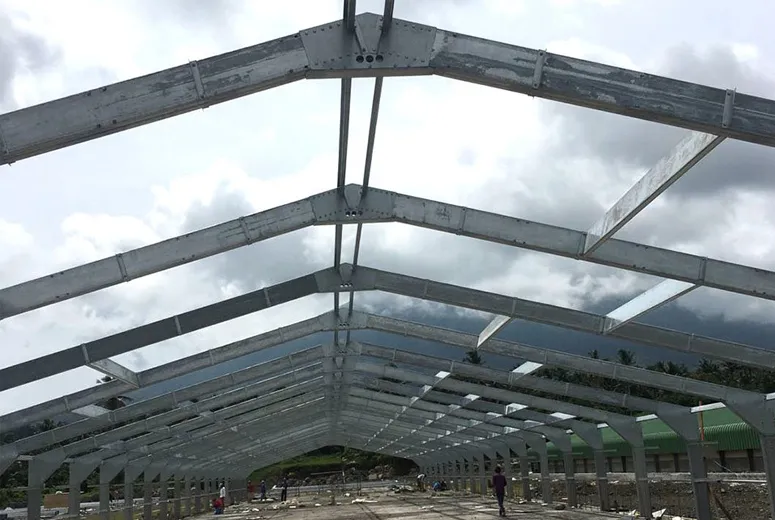- Afrikaans
- Albanian
- Amharic
- Arabic
- Armenian
- Azerbaijani
- Basque
- Belarusian
- Bengali
- Bosnian
- Bulgarian
- Catalan
- Cebuano
- Corsican
- Croatian
- Czech
- Danish
- Dutch
- English
- Esperanto
- Estonian
- Finnish
- French
- Frisian
- Galician
- Georgian
- German
- Greek
- Gujarati
- Haitian Creole
- hausa
- hawaiian
- Hebrew
- Hindi
- Miao
- Hungarian
- Icelandic
- igbo
- Indonesian
- irish
- Italian
- Japanese
- Javanese
- Kannada
- kazakh
- Khmer
- Rwandese
- Korean
- Kurdish
- Kyrgyz
- Lao
- Latin
- Latvian
- Lithuanian
- Luxembourgish
- Macedonian
- Malgashi
- Malay
- Malayalam
- Maltese
- Maori
- Marathi
- Mongolian
- Myanmar
- Nepali
- Norwegian
- Norwegian
- Occitan
- Pashto
- Persian
- Polish
- Portuguese
- Punjabi
- Romanian
- Russian
- Samoan
- Scottish Gaelic
- Serbian
- Sesotho
- Shona
- Sindhi
- Sinhala
- Slovak
- Slovenian
- Somali
- Spanish
- Sundanese
- Swahili
- Swedish
- Tagalog
- Tajik
- Tamil
- Tatar
- Telugu
- Thai
- Turkish
- Turkmen
- Ukrainian
- Urdu
- Uighur
- Uzbek
- Vietnamese
- Welsh
- Bantu
- Yiddish
- Yoruba
- Zulu
Dec . 10, 2024 04:51 Back to list
The Structural System of High-Rise Buildings
High-rise buildings, defined as structures that rise significantly above the average height of their surroundings, have become iconic symbols of urban development. With their impressive heights and complex designs, these skyscrapers necessitate advanced structural systems to ensure they are safe, functional, and capable of withstanding environmental forces. This article explores the key structural systems employed in high-rise buildings, their components, and the challenges they address.
Structural Systems Overview
The structural system of a high-rise building is a framework designed to support its weight, resist lateral forces (such as wind or seismic activity), and provide stability. The two primary types of structural systems used in high-rise buildings are core-and-outrigger systems and tube systems.
1. Core-and-Outrigger System
The core-and-outrigger system features a central core, typically composed of reinforced concrete, which houses elevators, stairs, and service areas. This core serves as the main vertical support for the building. Outriggers extend from the core to the perimeter, integrating the core with the building’s exterior. By anchoring the core to the façade, this system efficiently distributes lateral forces across the structure.
Benefits of the core-and-outrigger system include increased stability during high winds and earthquakes, as well as the ability to accommodate large floor plates. This design allows for flexibility in creating open internal spaces, which is crucial for commercial and residential high-rises. Examples of buildings employing this system include the Burj Khalifa in Dubai and the One World Trade Center in New York.
2. Tube System
The tube system is characterized by the use of a rigid framework comprising interconnected columns and beams, creating a tubular structure that resists lateral loads. This system can be further categorized into three variations the conventional tube, the tube-in-tube, and the bundled tube.
- Conventional Tube This design employs closely spaced columns around the perimeter, allowing for open floor layouts while providing lateral stability. Iconic buildings like the Willis Tower (formerly Sears Tower) in Chicago utilize this system.
structural system of high rise building

- Tube-in-Tube This variation integrates an inner core with an outer tube, allowing for greater height and stability. The inner tube handles vertical loads, while the outer tube resists lateral forces.
- Bundled Tube In this system, several interconnected tubes form a cohesive structure. This design maximizes structural efficiency and is used in tall buildings such as the Taipei 101.
Material and Engineering Advances
The effectiveness of structural systems in high-rise buildings is heavily reliant on material technology and engineering practices. Advances in high-strength concrete and steel have allowed architects and engineers to design taller and more resilient structures. High-strength concrete can withstand greater loads and is crucial for the core elements of a skyscraper, while high-strength steel enhances the structural capability of the framework.
Moreover, computer-aided design (CAD) and analysis software have revolutionized the way engineers evaluate structural integrity and performance under various load conditions. Through sophisticated modeling, engineers can simulate different scenarios, ensuring that the final design can effectively resist both static and dynamic forces.
Environmental Considerations
Modern structural systems must also address environmental concerns, including energy efficiency and sustainability. Many high-rise buildings now incorporate green roofs, energy-efficient systems, and sustainable materials to reduce their overall carbon footprint. Additionally, the design of the building's envelope plays a significant role in thermal performance and energy consumption.
Conclusion
The structural systems of high-rise buildings are a testament to human ingenuity and architectural evolution. The combination of core-and-outrigger systems and tube systems, enhanced by advanced materials and engineering practices, allows for the creation of skyscrapers that are not only aesthetically impressive but also safe and efficient. As urban populations continue to rise and land becomes scarcer, innovative structural solutions will play a pivotal role in shaping the skylines of the future while addressing the challenges posed by environmental sustainability and urban density. High-rise buildings will remain an integral part of urban landscapes, symbolizing the heights we can achieve when design and engineering come together harmoniously.
-
How Do Prefabricated Steel Structures Transform Modern Construction?
NewsJul.14,2025
-
How Do Prefabricated Metal Buildings Redefine Modern Construction?
NewsJul.14,2025
-
How Do Prefab Insulated Metal Buildings and Steel Structures Revolutionize Modern Construction?
NewsJul.14,2025
-
How Do Pre - Engineered Steel Structures Redefine Modern Construction?
NewsJul.14,2025
-
Advancing Modular Construction with Prefabricated Metal Structures
NewsJul.14,2025
-
Advancing Industrial Infrastructure with Prefabricated Steel Solutions
NewsJul.14,2025
Products categories
Our Latest News
We have a professional design team and an excellent production and construction team.












